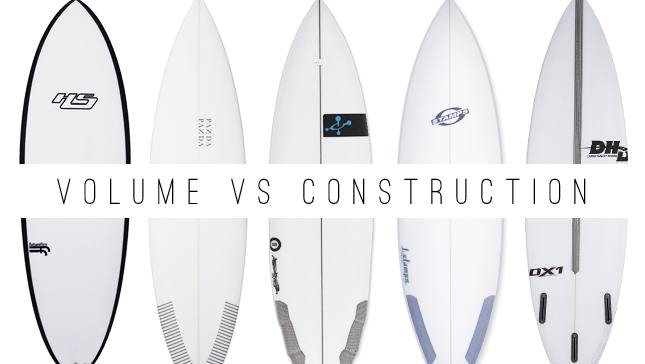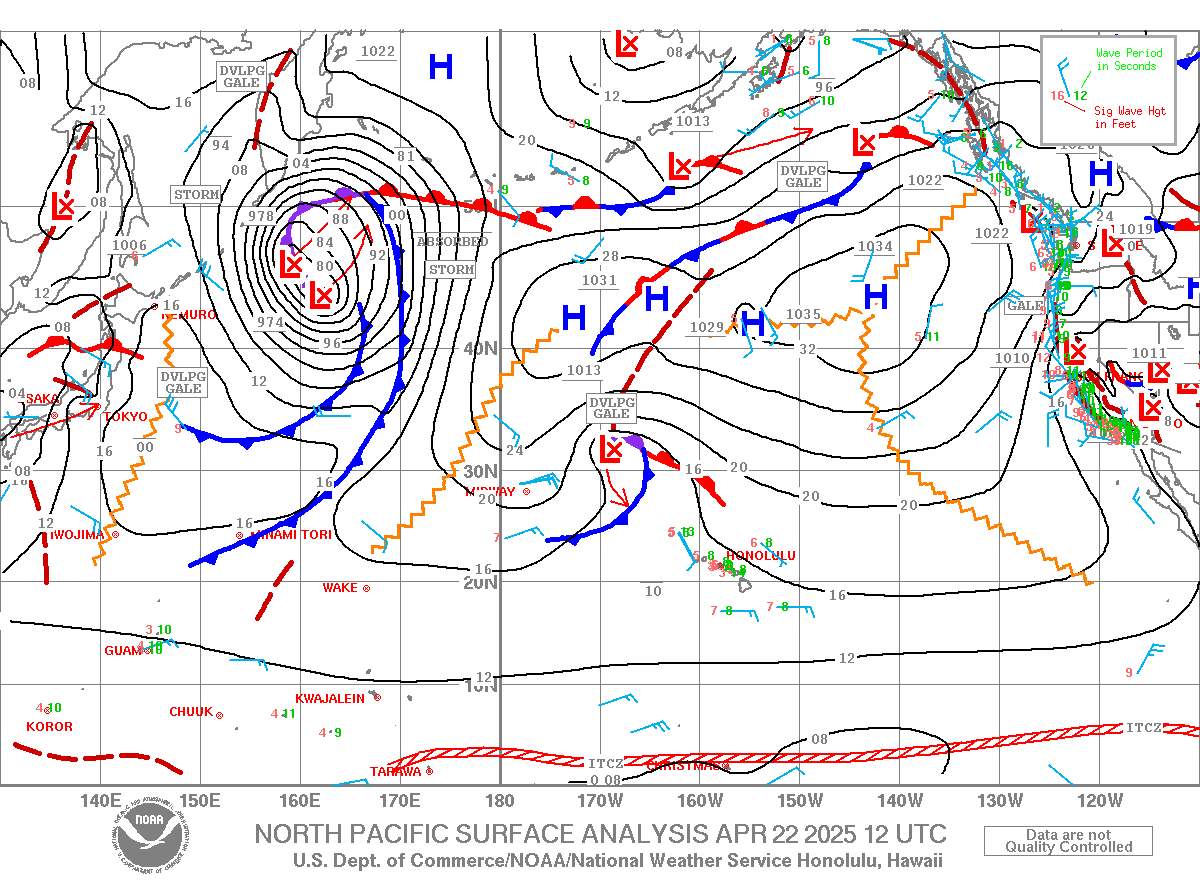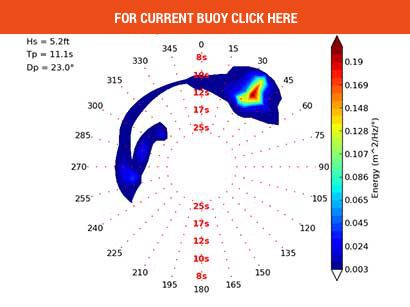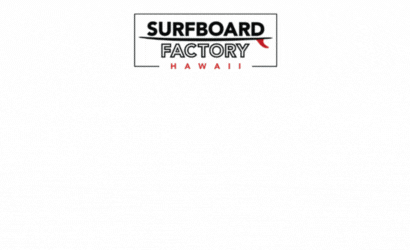
Recently there’s been a big push by shapers and surfers to involve Volume Metrics and Surfboard Volume Calculators to really dial in their surfboard quiver.
Since CAD (Computer Assisted Design) files and programs have progressed into the surfboard shaping bays, volume has become a more measurable and integral part of the design process. Volume is now seen as essential for establishing the best board for a surfer’s age, ability and wave type they surf most.
Elite surfers like Kelly Slater, Carissa Moore, Mick Fanning and Steph Gilmore can feel the difference when even as little as half a Liter is changed in their equipment. Even this tiny change in volume can really impact high performance surfing especially in high performance boards.
While some beginners may not even think about the volume of a surfboard, they’ll sure learn quick how important the right equipment can be. After they’ve watched their friends riding waves all the way to the beach while they’re still struggling to paddle, they’ll see why finding the right beginner surfboard for them can be the difference between sticking with surfing or giving up early.
But how do you find the right volume for you?

Mick and Darren checking out their DHD Surfboards handy-work.
By knowing your volume, you can help determine the right equipment for your level of surfing. Luckily, there is plenty of information out there today including volume calculators and volume charts to help you determine the volume that is best for you. However, lots of these volume calculators can be fairly general and often only take your weight into consideration.
What if there are other factors involved?
The Board Engine is an advanced calculator that gives you examples of boards and takes your age, level of fitness, surfing ability, type of waves and style of board you prefer all into consideration.
Take a simple example. Say you have two people, one of them is 25 and the other is 60. Even if they’re both 5’10 and 180 LBS, they probably shouldn’t be surfing the same board. Surfboard volume calculators need to take this information into consideration.
Finding the Volume of a Surfboard and the Use of CAD programs
Up until recently, volume was considered without consistently being measured. You used to just feel the rails and throw the board under your arm and that would give you an idea of how she was going to float.
People still swear by this and anyone who’s been around surfing will tell you it’s still a good system. If you have some surfing experience, you will always be able to use the feel test to understand to some extent how that board will perform for you.
The use of CAD systems have created a situation where shapers can easily refine a surfboard’s volume without having the hassle of using a displacement tank. This makes it easier to find the right dimensions and dial in equipment for your optimal performance. As mentioned before, advanced surfers can feel the difference in as little as half a Liter change in volume.
So now that we can find and refine the volume of a surfboard easily, we have to consider how surface area, outline and distribution of foam relates to the surfboard volume.

Canvas Surfboards head shaper Ryan Engles getting his hands dirty on a custom surfboard.
Volume and the Shape of a Board
Your surfboard may look bigger, but that doesn’t mean it floats better. A 6’2 short-board could very well have less volume than a 5’4 small wave machine.
Take a look at two boards with similar dimensions.
Let’s say both are 5’8 x 20″ wide (at widest point) and 2.5″ thick (at thickest point). The first board (no. 1) has a pulled in tail, while the second board (no. 2) has a wider tail. Board no. 1 has a refined, pulled in nose, while the second board’s nose is more round. Board number 2 is going to have significantly more volume than board number 1 because of it’s outline.

Board Comparison: Canvas Surfboards Yoshi on the left and Album Surfboards Freeform on the right.
This does not mean that one board is better for you than the other.
Board number 1 is likely to give you a bit more performance in your short-board that will go well in steep, hollow waves.
Board number 2 is probably more of a grovel board – like the Panda Egg or the Nation Chub – for softer waves with less push.
Finding your right volume will include a combination of board dimensions and the volume combined with the surface area while taking into account your age, ability, fitness and types of waves you surf.
But don’t just stick with one volume for all your boards either.
In good, quality waves, too much volume will hurt your performance. Yes, you’ll find paddling into the waves easy, but setting your rail and then transitioning from rail to rail will be difficult. In these circumstances, you may find surfing something like an Emery Nemesis, Album Context or a DHD Sweetspot will give you better results.
Similarly, in less powerful and softer waves, if your board doesn’t have enough volume, your wave count is going to go down. Bogging your rails and sinking into the wave could even ruin your session. These kind of waves call for a mush machine like the – Album Swing or the Stamps FX – to keep you going.
You really need to find a happy balance between your type of equipment you use and the waves you surf.
Construction and Materials

The boys from the left: Haydenshapes Hypto Krypto, The Panda Norts, Chemistry’s Wide J 6, Stamps Grinder X, DHD DX1.
There is plenty of speculation about the construction of a surfboard and it’s relationship to surfboard volume. Some people claim that EPS and Epoxy boards give you more ‘float’ on the water and that you feel like you’re sitting much more on top of the wave than on a standard Polyurethane and Polyester board.
While it still remains a contentious topic, both styles remain extremely popular for differing reasons. My epoxy boards definitely feel lighter than my poly boards, but does this actually impact on how much they float?
Do CAD programs and displacement tanks really knows the difference between two constructions?
The thing to remember is that while both constructions will have the same (or very similar) volumes, your performance is going to change. This has nothing to do with the volume of your board, but instead, the weight of the board.
You will see that while paddling around the line up and your paddling into waves is very similar between the two, your performance ON the wave is going to change. By using the weight of a poly board you can get down the line easier while using a lighter epoxy board will help you whip around turns and get some airs. This is just one way their performance differs.
When the conditions aren’t great, you can also find that the poly board’s extra weight will help get through choppier water instead of leaving you bouncing around the wave on something lighter.
The Verdict
Don’t waste your time surfing with the wrong equipment!
Using more advanced volume calculators like our Board Engine you can take into consideration many of the variables needed to determine what type of equipment you should be looking for. This is going to help set you in the right direction.
All the tools are out there to help you dial in your ideal board or boards – because everyone should have a quiver!
Use the tools and with some common sense, experience, and your shapers knowledge to help determine construction, and other helpful tips, you will be well on your way to building the quiver of your dreams.
Share your thoughts and experiences about surfboard volume in the comments below! To keep up to date with The Surfers Corner latest articles, make sure you follow us on the Boardcave Facebook Page and on our Boardcave Instagram.





















